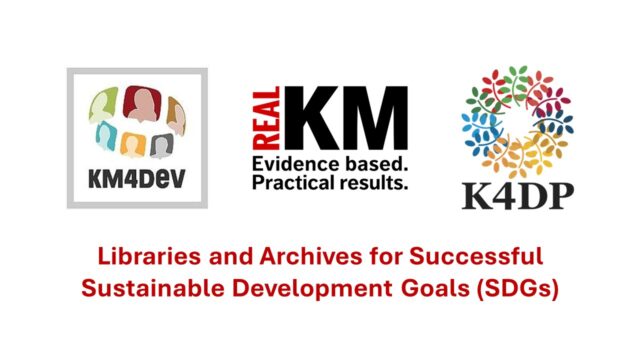
How are our libraries going?
Libraries have been a fundamental feature of society since ancient times, being places with the function of collecting and providing access to books, periodicals and other documents.
However, the world entered the digital era in the latter part of the twentieth century, bringing fundamental changes to the way in which people access information. While books and other paper documents are still widely used, we now store and access much of our information electronically.
How are our libraries going in the digital era: are they adequately funded, and are they being used?
Library funding
Publishers Communication Group (PCG) has published the 2016 edition of its Annual Library Budget Survey.
Telephone surveys were conducted of senior librarians with control over and knowledge of 2016 library budgets at 686 institutional libraries in North America, South America, Europe, Asia Pacific, and Middle East and Africa. Academic, corporate, hospital/medical, and government libraries were involved, with academic institutions split into three categories reflecting size and research focus level.
Worldwide, overall library spending is predicted to increase by 1.4% in 2016, with small budget increases in academic, corporate, and hospital/medical libraries outweighing a small budget decrease in government libraries. Less developed regions have recorded the largest predicted budget increases, being 2.1% in South America, 4.2% in Middle East and Africa, and 2.8% in Asia Pacific. By comparison, North America has recorded a predicted increase of 1.0%, and Europe a predicted decrease of -0.1%.
Reflecting the digital era, 59% of the overall budget will be used for electronic information, with the highest proportion (72%) in North America.
The PCG survey report presents the survey results positively, however literary editor Jonathon Sturgeon states that “North American library growth is unimpressive.”
A new potential funding model is emerging in response to government budget limitations. The libraries in York in the United Kingdom are now official charities, and it is hoped that this change will result in a significant funding boost. However, concerns have been raised about the accountability and transparency of this model and the apparent lack of evidence showing that it will boost library usage.
Library usage
Writing in The Conversation, Frankie Wilson, Head of Assessment at Bodleian Libraries, University of Oxford examines library use in the United Kingdom.
In the five years to 2013/14, the number of visits to public libraries fell by 12.4%. and the proportion of adults who had visited a library in the previous 12 months fell by 10.2%. At the same time, the number of libraries in the UK fell by 7.5% from 4,482 in 2009/10 to 4,145 in 2013/14. Although fewer people use libraries than in the past, they’re still visited by over a third of the adult population.
Bucking the trend, academic libraries are being used more than ever before due to rising student numbers. Many academic library users are now accessing library resources electronically without visiting the physical building. Public libraries are also considering increased access to electronic resources as a way of countering declines in usage, but are being hamstrung by copyright issues in regard to access to and the lending of digital material.
Another potential option is to adopt a retail bookstore style model with social networking and co-working infrastructure for patrons, as has been successfully pioneered by library administrators in the new town of Almere in the Netherlands:
Guided by patron surveys, administrators tossed out traditional methods of library organization, turning to retail design and merchandising for inspiration. They now group books by areas of interest, combining fiction and nonfiction; they display books face-out to catch the eye of browsers; and they train staff members in marketing and customer service techniques.
The library is also a Seats2meet (S2M, a sponsor of Shareable) location where patrons are empowered to help one another in exchange for free, permanent, co-working space, and they utilize the S2M Serendipity Machine to connect library users in real-time. They also have a bustling cafe, an extensive events and music program, a gaming facility, a reading garden and more. The result? The New Library surpassed all expectation about usage with over 100,000 visitors in the first two months. It is now considered one of the most innovative libraries in the world.
What do you think?
How can we ensure that our libraries continue to facilitate and assist knowledge management into the future?
Image source: National Library of Australia by Ryan Wick is licenced by CC BY 2.0.
Also published on Medium.






